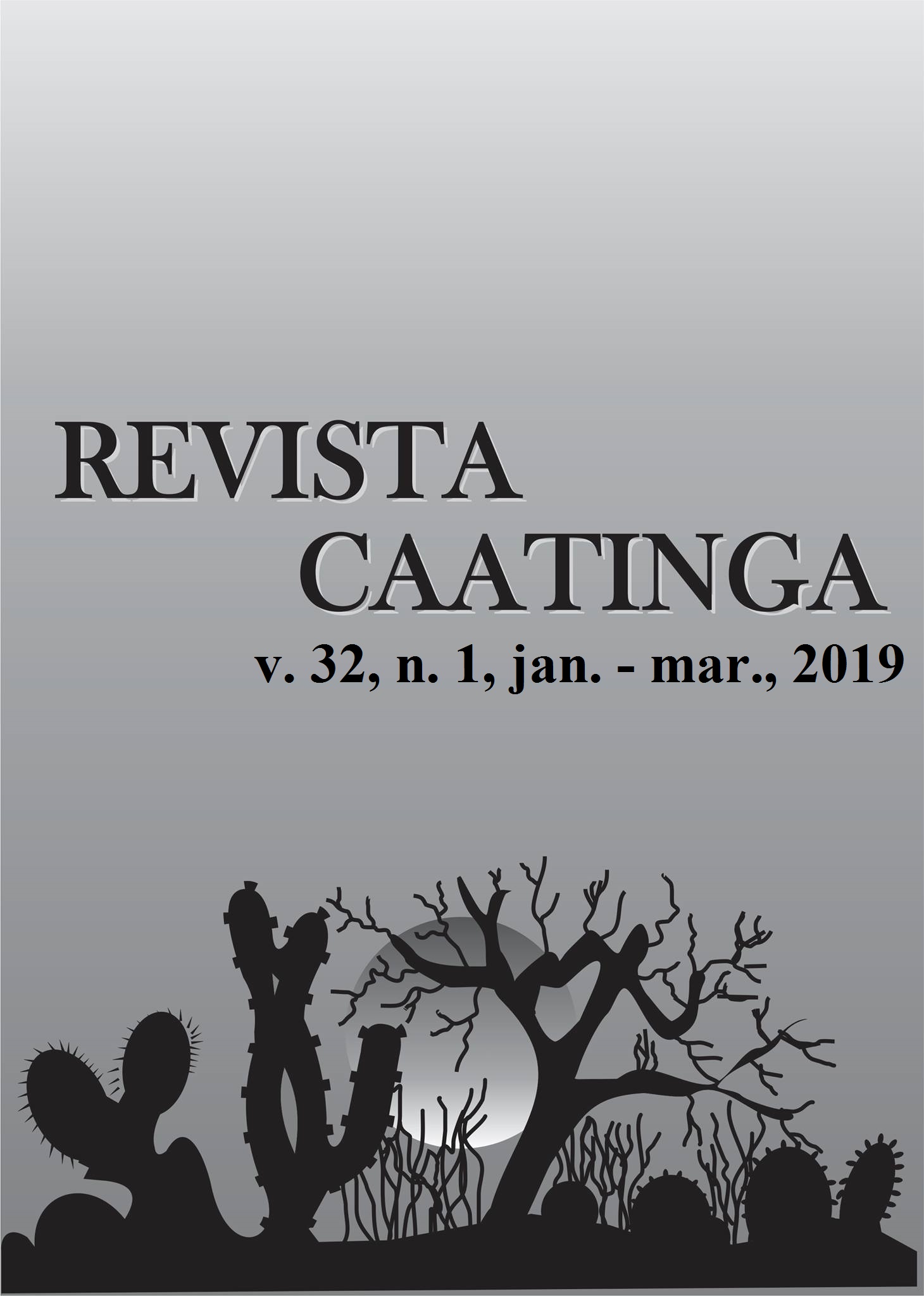BIOLOGICAL MANAGEMENT OF Pratylenchus brachyurus IN SOYBEAN CROPS
DOI:
https://doi.org/10.1590/1983-21252019v32n105rcKeywords:
Biological fertilization. Bacillus subtilis. Root lesion nematodes. Purpureocillium lilacinum. Trichoderma asperellum.Abstract
The efficiency of biological products combined with biological fertilization for controlling Pratylenchus brachyurus in soybean crops, and effects of these treatments on soybean crops were evaluate. A greenhouse experiment was conducted at the Mato Grosso State University, in Brazil, using a randomized block design with a 10×2 factorial arrangement, and four replications. The treatments consisted of Trichoderma asperellum, B. subtilis, Purpureocillium lilacinum, B. subtilis + T. asperellum, B. subtilis + P. lilacinum, T. asperellum + P. lilacinum, B. subtilis + T. asperellum + P. lilacinum and abamectin, and Controls with, and without nematodes. Nematode population, plant height, stem base diameter, and soil microbiological characteristics (at 60 and 120 days after sowing - DAS), shoot dry weight (60 DAS), and number of pods per plant, and grain yield (120 DAS) were evaluated. The treatments were efficient for the control of phytonematodes at 60 DAS; the efficiency of treatments with biological products increased when combined with biological fertilization. The biological products were more efficient for controlling the nematodes than abamectin at 120 DAS; and the percentage of control were higher when they were combined with biological fertilization, in both growing periods. The biological treatments resulted in better agronomic characteristics, and higher number of pods per plant, and grain yield, affecting the plants in the first growing period, and significant interaction with the biological fertilizer for these variables in the second growing period. The interaction between treatments and biological fertilization was significant for soil microbiological characteristics in the second growing period.
Downloads
Downloads
Published
Issue
Section
License
Os Autores que publicam na Revista Caatinga concordam com os seguintes termos:
a) Os Autores mantêm os direitos autorais e concedem à revista o direito de primeira publicação, com o trabalho simultaneamente licenciado sob a Licença Creative Commons do tipo atribuição CC-BY, para todo o conteúdo do periódico, exceto onde estiver identificado, que permite o compartilhamento do trabalho com reconhecimento da autoria e publicação inicial nesta revista, sem fins comerciais.
b) Os Autores têm autorização para distribuição não-exclusiva da versão do trabalho publicada nesta revista (ex.: publicar em repositório institucional ou como capítulo de livro), com reconhecimento de autoria e publicação inicial nesta revista.
c) Os Autores têm permissão e são estimulados a publicar e distribuir seu trabalho online (ex.: em repositórios institucionais ou na sua página pessoal) a qualquer ponto antes ou durante o processo editorial, já que isso pode gerar alterações produtivas, bem como aumentar o impacto e a citação do trabalho publicado (Veja O Efeito do Acesso Livre).







